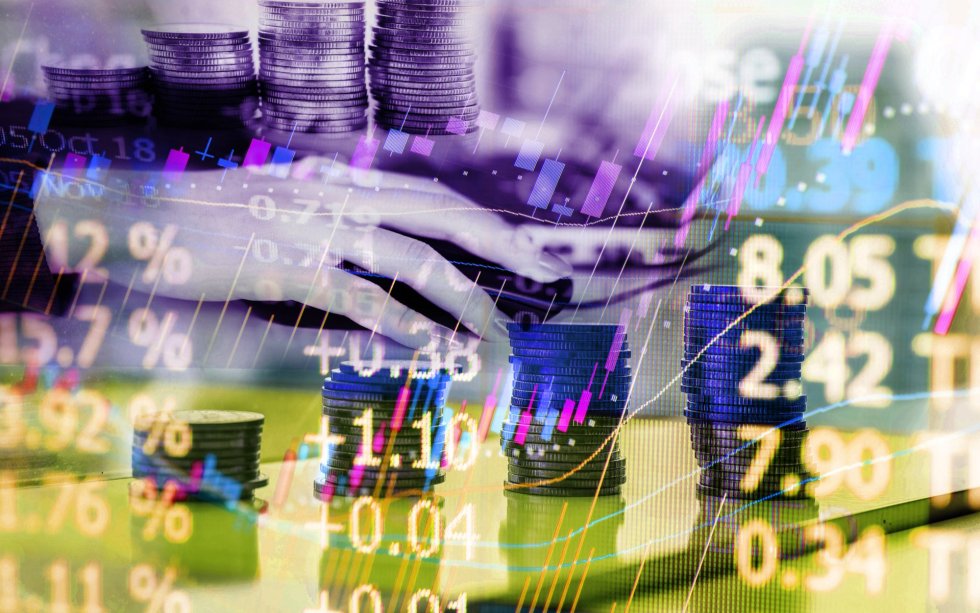To understand why Digitex Futures could be the game changer for the crypto exchange market, let’s compare it to the best known BTC derivatives trading platform currently, BitMEX. What’s coming in Q4 2018 may surprise you.
There was never any mention of mining pools or crypto exchanges in Satoshi’s Bitcoin Whitepaper. But nearly 10 years later, here we are. In the early days, traders, HODLers, miners, and developers made up the core elements of the crypto space. Since then, each element within the ecosystem has matured into its own industry.
Focusing on exchanges, we have a plethora of platforms to choose from now, and at the apex is BitMEX. However, with plans to lower the barriers to entry for retail investors and seasoned futures traders alike, Digitex is creating its own pack; becoming the leader of cryptocurrency futures trading.
The Basics of the Trading Space, Derivatives vs Spot
Here’s a quick breakdown of the difference between spot trading and derivatives trading:
There are two ways to trade in crypto exchanges (the method used is determined by the exchange). In the beginning, you could only do spot trading, but as the industry’s matured, you can now do derivatives trading as well.
Spot Trading
Spot trading is where you use cash (fiat) to purchase the crypto (or any asset) directly. One example is using Coinbase to buy (using credit or debit card) BTC or LTC. Another example is using Local Traders to (using cash) gain immediate access and have positive control of the crypto.
Derivatives Trading
A derivative is a fancy economic term for financial securities. This means the value of a derivative comes from the asset(s) it is backed by. For example, you could make derivatives based on real estate and the perception that the price will always increase. So when the real estate value increases, so will the derivative. Charles Schwab and TD Ameritrade are examples of financial institutions that conduct this type of traditional derivatives trading.
BitMex, Under the Hood
To start, BitMex led the way in being the first cryptocurrency derivatives exchange back in 2014. For the crypto trading community, they have a history.
But history can only get you so far. The real question is, what are the trading fees like? Well, it’s a little complicated but we can cover the basics here. BitMEX uses what are called “maker fees” and “taker fees.” The fees are each based on the action of buying or selling (also, known as limit orders).
The “maker” is placing a limit order at a specific price above or below the market price. In turn, helping to create price discovery in the market. The taker is simply placing a limit order (buying or selling) but at whatever the best price is immediately. The four paths in this pyramid all lead to a fee once the order is filled.
But traders who place maker orders are charged less than those who place taker orders. This is because the taker orders are subtracting liquidity from the market and are charged at 0.075%. Traders placing makers get a credit of 0.025%.
In addition, you can use something called ‘leverage’ when trading on BitMEX. But the taker fees are directly correlated to the trader’s leveraged position. So, if you’re not at least breaking even, then leveraged calls are not a good option.
So why go with BitMEX if the fees make it harder to make a profit? Simple, they have a trading volume of about $5 billion daily. And their fees are nothing compared to traditional Wall Street trading companies.
How Digitex Futures Exchange Will Be Different
So how does Digitex Futures plan to be different? Let’s start with the user interface. In the trading world, speed is everything. Digitex is designing its UX with that in mind. Customers will be able to use a one-click ladder trading interface.
Active traders could see this as a big plus. With this enhanced trading experience, you can watch the price move up and down in near real-time while placing orders.
Another possible highlight for the customer is how the platform is looking to implement price stability control and increase liquidity by the “tick” size (this has nothing to do with dogs or creepy crawly things). But with it set at $5.00, it does help control the price fluctuation of all contracts being traded.
DGTX tokens are the native currency of the ecosystem. The token is built on the Ethereum blockchain and is used for deposits and withdrawals. Being an ERC223 token, the transaction fees and times will be less than if you had to use BTC.
On top of that, the trading fee model is nothing like any other platform. Digitex will be the first commission-free crypto futures exchange. Let that sink in.
Now ask yourself, how differently would you trade if you didn’t have to pay any fees on getting in or out of a trade?
Final Thoughts
As far as how people gain access to crypto assets, trading is not everyone’s cup of tea in the space. But for those who are interested, Digitex may be the platform to expand your comfort zone. The barrier will be lowered Q4 of 2018. Take a look at the snapshot below:
BitMEX vs Digitex Futures
How to Get Involved
Digitex Futures Early Access Waitlist is open to traders who see the potential of trading Bitcoin futures with zero trading fees. Simply sign up by adding your email. If you’re among the first 5,000 on the list (you can get there through a referral program), you’ll be one of the first to test the platform when it goes live in Q4 2018. The future of futures trading is about to change–are you ready?
